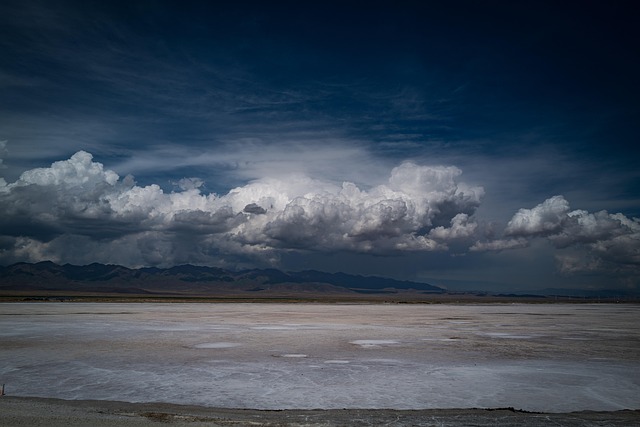Salt lakes, often seen as mystical landscapes dotted with vibrant colors and unique ecosystems, are rapidly becoming a focal point in the broader discussion of environmental conservation and climate change. These saline bodies of water, which serve as crucial habitats for numerous species, are not only visually stunning but play a critical role in maintaining ecological balance.
As global temperatures rise and climate change accelerates, salt lakes are facing unprecedented threats. From increased evaporation rates due to higher temperatures to pollution caused by industrial runoff, these ecosystems are under siege. The very uniqueness of salt lakes—manifested through their distinctive chemistry and microclimates—makes them especially vulnerable. Without concerted efforts to protect and preserve these areas, we risk losing not just the lakes themselves but the diverse array of flora and fauna that depend on them.
The preservation of salt lakes is pivotal for several reasons. Firstly, they act as natural carbon sinks, absorbing and storing carbon dioxide from the atmosphere. This is an essential function given the ongoing battle against climate change. By safeguarding these ecosystems, we can enhance their ability to sequester carbon, contributing to global efforts to mitigate climate impacts.
Furthermore, salt lakes are significant for biodiversity. They provide critical breeding grounds for various bird species and serve as a habitat for numerous organisms uniquely adapted to high salinity. The loss of these environments would mean the extinction of many species, disrupting food chains and ecosystems both locally and globally. Protecting salt lakes, therefore, is not merely an environmental issue; it’s a matter of preserving life itself on our planet.
Moreover, salt lakes contribute to human livelihoods. Communities often depend on these areas for resources such as salt harvesting, tourism, and recreational activities. By recognizing the economic value of salt lakes, we can foster a culture of awareness and stewardship. Engaging local communities in conservation efforts can empower them to take action, ensuring that these natural wonders are preserved for future generations. This concept of sustainable use aligns perfectly with efforts to combat climate change, promoting both ecological health and socio-economic benefits.
In light of these factors, it’s crucial to implement strategies that not only focus on the conservation of salt lakes themselves but also address the broader environmental challenges posed by climate change. This requires collaboration among governments, non-profit organizations, and local communities. Initiatives could include strict pollution regulations, habitat restoration projects, and educational programs to raise awareness about the importance of salt lakes in fostering biodiversity and combating climate change.
As stewards of the earth, we must recognize our responsibility to protect these fragile ecosystems. By advocating for the preservation of salt lakes, we take a vital step in the fight against climate change, ensuring that these extraordinary landscapes continue to thrive for generations to come. In doing so, we celebrate the natural beauty and ecological significance of salt lakes, fostering a deeper connection with the environment that sustains us all.




